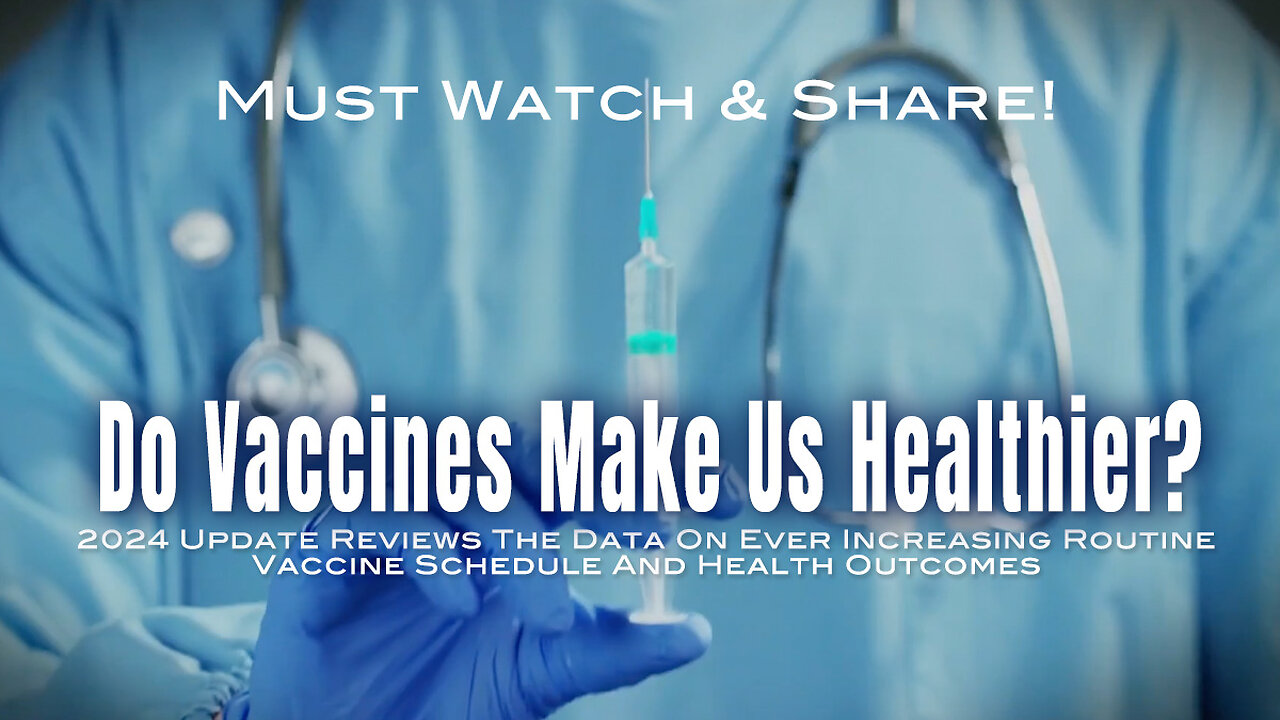On September 19, 1964, an article titled “Peanut Oil Used In A New Vaccine” appeared in The New York Times.1 It was written by Stacey V. Jones. The piece noted that an influenza vaccine, which had just recently been patented by Merck & Co., Inc., carried a key ingredient known as Adjuvant 65, which contained peanut oil. The adjuvant, aimed at slowly releasing antigens to “stimulate the creation of antibodies,” was described as “an emulsion of refined peanut oil in water to which are added an emulsifier and a stabilizer.”1
The vaccine was developed by Allen F. Woodhour, PhD and Dr. Thomas B. Stim over the course of six years as part of a partnership between the Merck Institute for Therapeutic Research and the Children’s Hospital of Philadelphia, PA.1
According to the Times article, the vaccine was still under study at the time and had not been licensed for “general use,” although clinical trials had been conducted on 880 individuals, who had been given the killed influenza virus containing Adjuvant 65.1 A report published in The New England Journal of Medicine on September 3, 1964 described the “clinical and immunologic findings” of the trials on the participants, which resulted in the “development of a new and highly effective adjuvant, called adjuvant 65.”2
On January 12, 1967, The New England Journal of Medicine published another report evaluating Adjuvant 65 for “human use.”3 The authors of the report, led by Robert E. Weibel, MD and Allen F. Woodhour, PhD, described Adjuvant 65 as follows:
The adjuvant preparation consisted of a water-in-peanut-oil emulsion of aqueous vaccine employing mannide mano-oleate (Arlacel A) as emulsifier and aluminum monostearate as stabilizer.3
The desirability for maximal purity of antigens included in adjuvant formulations led to the development of a highly purified aqueous influenza-virus vaccine that has been tested both as aqueous material and incorporated into adjuvant 65 with excellent results.3
The authors wrote that the aim of their report was to describe…
the antibody responses in children and in older persons to a highly purified bivalent influenza-virus vaccine in adjuvant 65 compared with those obtained with the purified and ordinary Sharples-concentrated aqueous vaccines. The vaccines were bivalent and contained only contemporary influenza A2 and B strains.3
According to the report, the clinical trials with Adjuvant 65-containing vaccines were performed at the Pennhurst State School and St. Joseph’s Children’s and Maternity Home in Pennsylvania. Both of those institutions cared for “mentally retarded” individuals. The “investigations” were undertaken with the “concurrence of the medical and supervisory staffs of the institutions and with the approval of the Pennsylvania Association for Retarded Children.” The participants in “Study 55” at Pennhurst were mostly adults, while those in “Study 63” were children.3
In her book The Peanut Allergy Epidemic: What’s Causing It and How to Stop It, Heather Fraser notes that Merck ultimately decided not to “pursue” Adjuvant 65 for use in vaccines licensed for use in the United States. She cites concerns about the emulsifier Arlacel A—that it “appeared to induce tumors in mice.”4
According to a report by published in Clinical Microbiology Reviews by Sook-San Wong and Richard J. Webby of St. Jude Children’s Research Hospital in Memphis, TN:
Currently licensed adjuvants for vaccine usage include aluminum salt (alum) and the squalene oil-in-water emulsion systems MF59 (Novartis) and AS03 (GlaxoSmithKline). MF59 has been licensed for use with seasonal vaccines in the elderly in some countries, while ASO3 has been used in conjunction with monovalent preparations of inactivated 2009 pandemic H1N1 and prepandemic H5N1 virus vaccines.5
Oil in water vaccine adjuvants have always been controversial because they stimulate an abnormally strong immune response that may lead to immune disorders.6 Reports of squalene adjuvanted experimental anthrax vaccines were linked to autoimmune disorders in Gulf War veterans,7 although the U.S. Department of Defense continues to deny that squalene adjuvants were used in anthrax vaccines given to military personnel.
GlaxoSmithKline’s ASO3 adjuvanted H1N1 pandemic influenza vaccine used in Europe and other parts of the world in 2009-2010 have been associated with narcolepsy, an autoimmune disorder.8 9 In 2013, the FDA licensed the first squalene (AS03) adjuvanted H5N1 influenza A “bird flu” vaccine for national emergency stockpiles.10 In September 2015, the FDA Vaccines and Related Biological Products Advisory Committee voted to approve fast track licensure of a squalene (MF59) adjuvanted influenza vaccine for use in the elderly, but vaccine safety advocates voiced concern about lack of adequate scientific evidence the oily adjuvant has been proven safe for use in U.S. seniors.11 12
References:
1 Jones SV. Peanut Oil Used In A New Vaccine. The New York Times Sept. 19, 1964.
2 Stokes J, Weibel RE, Drake ME, Woodhour AF, Hilleman MR. New Metabolizable Immunologic Adjuvant for Human Use—Efficacy and Toxicity Studies in Man. The New England Journal of Medicine 964; 271:479-487.
3 Weibel RE, Woodhour AF, Stokes J, Metzgar DP, Hilleman MR. New Metabolizable Immunologic Adjuvant for Human Use—Evaluation of Highly Purified Influenza-Virus Vaccine in Adjuvant 65. The New England Journal of Medicine 1967; 276:78-84
4 Fraser H. The Peanut Allergy Epidemic: What’s Causing It and How to Stop It.
5 Wong SS, Webby RJ. Traditional and New Influenza Vaccines. American Society for Microbiology, Clinical Microbiology Reviews July 2013.
6 Defense Health Agency. The Facts on Squalene. Immunization Healthcare Branch.
7 Autoimmune Technologies, LLC. Anti-Squalene Antibodies Link Gulf War Syndrome to Anthrax Vaccine.
8 Barker CS, Snape MD. Pandemic influenza A H1N1 vaccines and narcolepsy: vaccine safety surveillance in action. The Lancet Dec. 19, 2013.
9 Centers for Disease Control and Prevention. Vaccine Safety, Narcolepsy Following Pandemrix Influenza Vaccination in Europe.
10 La Vigne P. FDA Approves Experimental H5N1 Bird Flu Vaccine with Reactive AS03 Adjuvant for U.S. Stockpile. NVIC Newsletter Dec. 9, 2013.
11 Medscape.
12 National Vaccine Information Center. NVIC Questions FDA Fast Tracking of Squalene Adjuvanted Flu Vaccine. The Vaccine Reaction Sept. 16, 2015.














14 Responses
Great coverage of the issue.
Thx, Shawn. So very helpful.
Catherine J. Frompovich wrote an interesting piece:
“The Non-Disclosed and Hyper-Allergenic Vaccine Adjuvant”
http://vactruth(dot)com/2010/07/15/non-disclosed-hyper-allergenic-vaccine-adjuvant/. Which discloses some interesting information on Peanut oil in vaccines. My question is “has the use of peanut oil in vaccines been stopped? We can also ask has the use of thimerosal in childhood vaccines been stopped? Frompovich writes about a case of SBS in which it was discovered by Dr. Harold E. Buttram, who was a defense witness, that peanut oil played a significant role in the brain swelling of the child in question. This was an ingredient not listed on the package vial insert so if this falls under the umbrella of “trade secrets” what else is in vaccines that the public is unaware of?
Extensive data on the issue can be found in the video https://www.youtube.com/watch?v=lIzJcaq8z9Y
Peanut oil is not used as a vaccine adjuvant, and there is no indication it is an ingredient in vaccines today. This article is based on research from the 1960s, and I have not seen any indication this line of research was continued.
Aluminum adjuvants cause allergies. The allergen (peanut protein) does NOT need to be in the vaccine in order to cause allergy. Aluminum adjuvant is capable of causing allergy to any ingested food received at about the same time.
Vaccine papers needs to do a lot more research and stop posting untruths about the peanut oil adjuvant and the deadly vaccines today!
https://patents.google.com/patent/US5679356A/en?assignee=Merck&oq=Merck&page=18
Do “find in page” and type in peanut. It’s there at least in 1992. Still going through them.
There has been an EPIDEMIC of peanut allergy including Anaphylaxis since 1993 A man that received a liver transplant from a boy who died from his Anaphylaxis attack also had an Anaphylaxis attack and had to get an epipen shot The man was not told of the allergy that was transported in the liver
So what vaccines are they putting the adjuvant 65 in? And I also have been told they don’t have to label adjuvant 65 on the ingredients. Is that true?
This is the link to the cdc’s website with all ingrediants for vaccines… https://www.cdc.gov/vaccines/pubs/pinkbook/downloads/appendices/B/excipient-table-2.pdf
I don’t think they list the adjuvant ingredients. Isn’t that convenient? Doesn’t it seem like they just allude to it?
Some excipients are added to a vaccine for a specific purpose. These include:
Preservatives, to prevent contamination. For example, thimerosal.
Adjuvants, to help stimulate a stronger immune response. For example, aluminum salts
This kind of analysis is necessary and useful to discuss, however…
The Corvelva studies out of Italy that showed that some vaccines didn’t have the labeled antigens and then had [false idea] CONTAMINANTS in them, some of which were unidentified but my favorite being Helminths (worms). The point being that you can’t contaminate a poison. This proves that talking about the LABELED ingredients is of no use when my maxim since 2008 has been: If you didn’t make it yourself – you have NO IDEA WHAT IS IN IT.
Truly interesting information
Only yesterday on reading information about contents of vaccines did I realise they do indeed still use peanut oil in the adjuncts . Of course like everyone else immediately you have to connect the increase in vaccinations right up to University age and the expedential increase in peanut allergies . Why doesn’t the medical profession make that connection ??